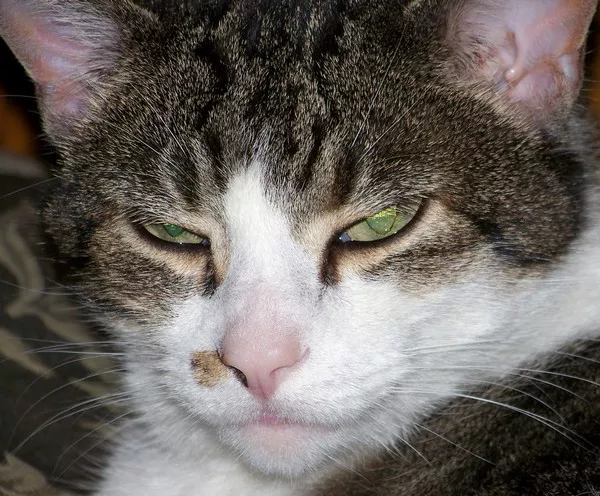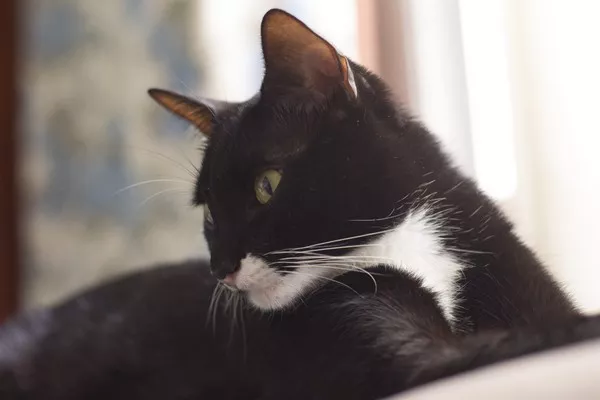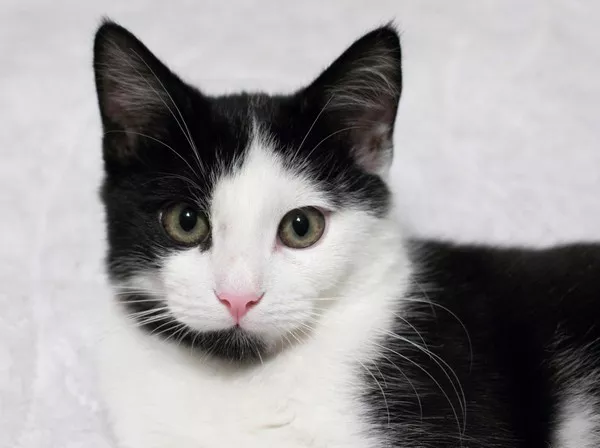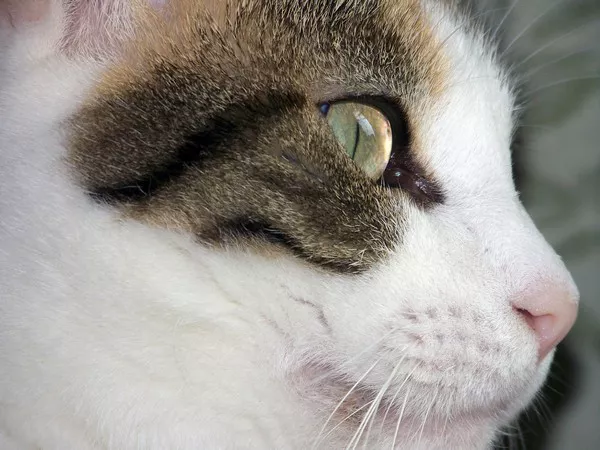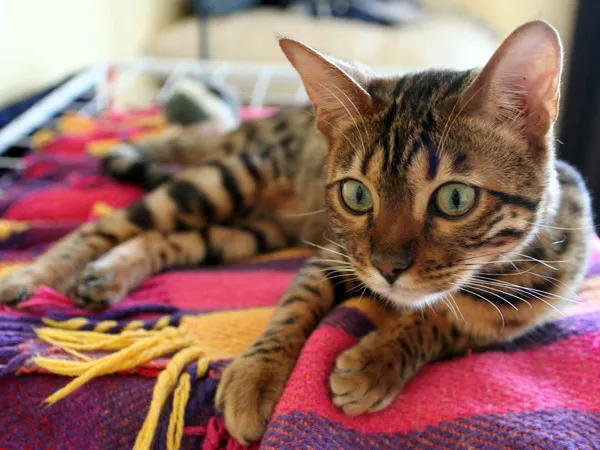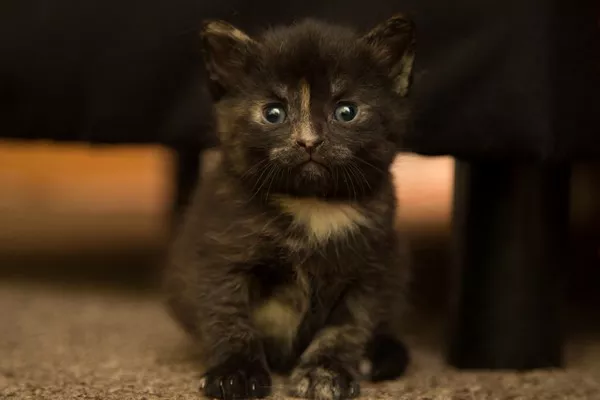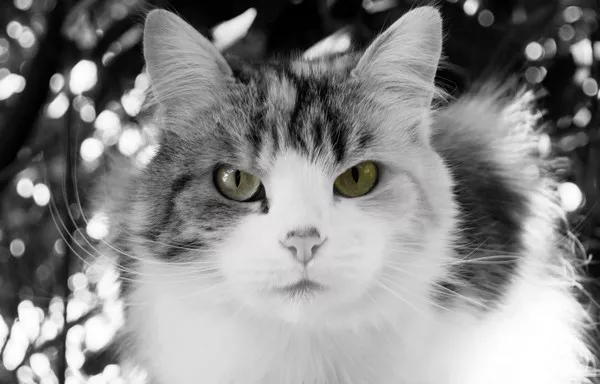Polydactyly, a genetic condition characterized by the presence of extra toes in cats, is a fascinating trait that has captured the hearts of many feline enthusiasts. While it may seem like an unusual physical attribute, polydactyly is not inherently problematic for most cats. In fact, these “mitten-pawed” felines can lead happy, healthy lives with proper care and attention.
Genetics Behind Polydactyly
Polydactyly is an autosomal dominant genetic trait, meaning that only one parent needs to carry the mutated gene for a kitten to be born with extra toes. This genetic abnormality can occur in any breed or sex of cat, although it is more prevalent in certain geographic regions and breeds, such as the Maine Coon.
The number of extra toes can vary greatly, with some cats having as many as seven toes per paw. The most common form of polydactyly is the preaxial type, where the extra digits appear on the inside of the paw, resembling a thumb or mitten. Other types, such as postaxial (extra toes on the outside of the paw) and mesoaxial (extra toes throughout the paw), are less common.
Are Polydactyl Cats Inbred?
One common misconception about polydactyl cats is that they are the result of inbreeding. However, this is not necessarily the case. While selective breeding and inbreeding can increase the likelihood of genetic abnormalities in pedigree cats, polydactyly is not always a sign of inbreeding. As mentioned earlier, only one parent needs to carry the mutated gene for a kitten to be polydactyl, and both parents can be unrelated.
See Also: What Are Common Health Issues in Calico Cats?
Health Considerations for Polydactyl Cats
While polydactyly itself does not cause any inherent health problems, there are a few considerations to keep in mind when caring for a polydactyl cat:
Nail Care
One of the primary concerns with polydactyl cats is the potential for overgrown nails. Since these cats have more nails than their non-polydactyl counterparts, it is essential to regularly trim their nails to prevent them from curling back into the paw and causing discomfort or injury. Some polydactyl cats may have nails that grow in unusual directions or positions, making nail trimming a bit more challenging.
Paw Hygiene
The extra spaces between the toes in polydactyl cats can sometimes accumulate dirt, debris, or litter. Regular inspection and cleaning of the paws can help prevent any potential issues.
Mobility and Adaptation
In most cases, polydactyl cats do not experience any mobility issues due to their extra toes. However, if a cat has unusually large or malformed toes, it is essential to monitor their movement and gait for any signs of discomfort or difficulty. If a cat is favoring a particular paw or seems to be in pain, it is best to consult with a veterinarian for further evaluation.
Potential Benefits of Polydactyly
While polydactyly is not considered an evolutionary adaptation, some believe that the extra toes may provide certain benefits to cats. For example, the wider paws of polydactyl cats may improve their balance and traction, potentially enhancing their climbing and hunting abilities. Additionally, the extra toes may give polydactyl cats an advantage when it comes to gripping toys and treats.
Caring for a Polydactyl Cat
Caring for a polydactyl cat is not significantly different from caring for a non-polydactyl cat. However, there are a few additional considerations to keep in mind:
Nail Trimming
As mentioned earlier, regular nail trimming is essential for polydactyl cats to prevent overgrowth and potential issues. It is a good idea to invest in a high-quality nail trimmer and to start trimming your cat’s nails at a young age to get them accustomed to the process.
Scratching Posts
Providing your polydactyl cat with plenty of scratching posts and surfaces can help to keep their nails trimmed naturally and prevent them from scratching furniture.
Paw Inspection
Regularly inspecting your cat’s paws for any signs of dirt, debris, or ingrown nails can help to prevent potential issues. If you notice any redness, swelling, or signs of discomfort, it is best to consult with a veterinarian.
Veterinary Care
As with any cat, regular veterinary checkups and preventive care are essential for maintaining the health and well-being of a polydactyl cat. Your veterinarian can provide guidance on nail trimming, paw hygiene, and any other specific concerns related to your cat’s polydactyly.
Conclusion
Polydactyl cats are a fascinating and unique breed that have captured the hearts of many cat lovers. While their extra toes may seem like a significant difference, they are generally healthy and can lead happy, fulfilling lives with proper care and attention. By understanding the genetics behind polydactyly, debunking common myths, and providing appropriate care for their specific needs, polydactyl cat owners can enjoy the companionship of these special felines for years to come.
Related Topics
Can I Leaving 12 Week Old Kitten Alone?


